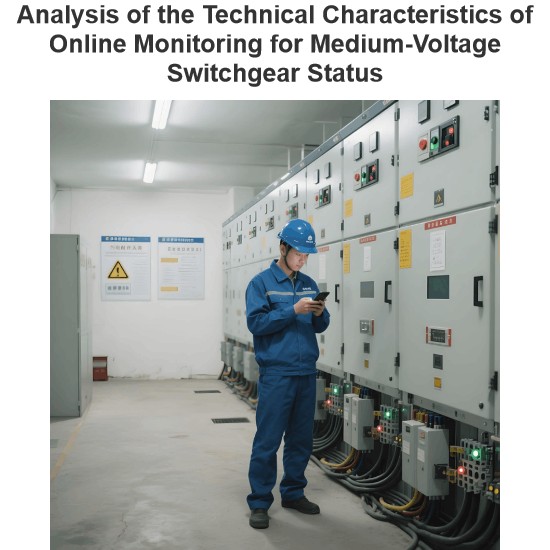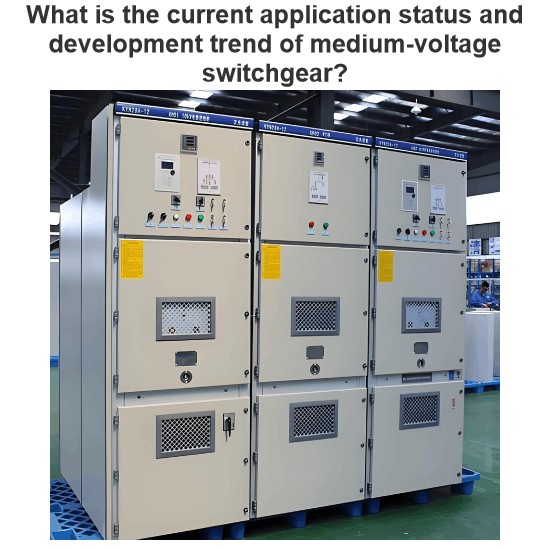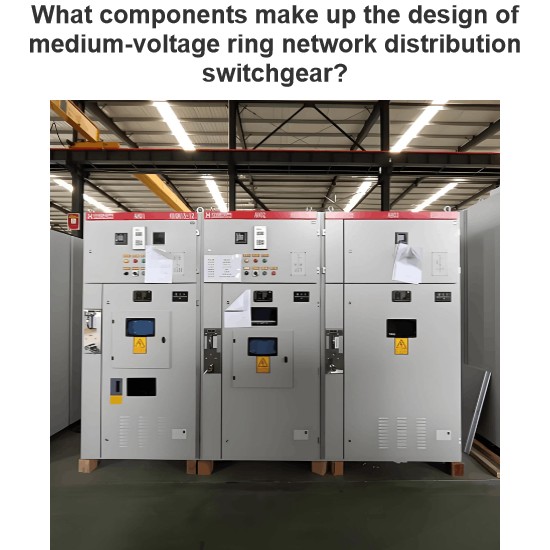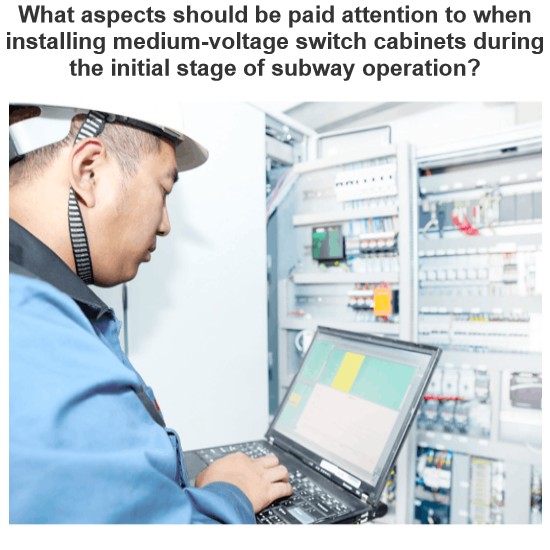How can you explain DC bias with voltage feedback?
How to Explain DC Bias Using Voltage Feedback
DC bias (Direct Current bias) refers to the application of a stable DC voltage or current in a circuit to ensure that active components, such as transistors or operational amplifiers, operate within their linear region or at a specific operating point. In the context of voltage feedback systems, the concept of DC bias can be explained through several key aspects:
1. What is Voltage Feedback?
Voltage feedback is a negative feedback mechanism where a portion of the output voltage is fed back to the input to stabilize and control the system's gain and performance. Common applications of voltage feedback include operational amplifiers and voltage regulators. The primary functions of voltage feedback are to reduce gain errors, enhance stability, and improve frequency response.
2. The Role of DC Bias
In voltage feedback systems, DC bias ensures that active devices (such as transistors or operational amplifiers) operate at an appropriate static operating point (Q-point). This operating point determines the conduction level and amplification capability of the device. If the bias is not set correctly, the device may enter the saturation or cutoff region, losing its linear amplification characteristics and potentially leading to damage.
Specifically, the role of DC bias includes:
Ensuring Linear Operation: By setting an appropriate DC bias voltage, transistors or other active devices can operate within their linear region, avoiding saturation or cutoff. This ensures linear signal amplification and minimizes distortion.
Stabilizing the Static Operating Point: DC bias helps maintain a stable static operating point even under temperature changes, power supply fluctuations, and other external disturbances. This is crucial for ensuring the long-term stability and reliability of the circuit.
Providing Correct Start-Up Conditions: Some circuits, such as oscillators or switch-mode power supplies, require proper DC bias to ensure they start up correctly and function normally.
3. Relationship Between Voltage Feedback and DC Bias
In voltage feedback systems, DC bias and feedback mechanisms work together to ensure the stability and performance of the circuit. Specifically:
Feedback Stabilizes the Bias Point: Voltage feedback helps stabilize the DC bias point. For example, in an operational amplifier, the feedback network automatically adjusts the input voltage to keep the output voltage at a stable value. This feedback mechanism prevents drift in the bias point due to temperature changes or power supply variations.
Bias Provides a Reference for Feedback: DC bias provides a reference voltage for the voltage feedback system. In a voltage regulator, for instance, the DC bias voltage serves as a reference, and the feedback circuit adjusts the output based on the difference between the output voltage and this reference, ensuring stable output voltage.
Preventing Self-Oscillation: Proper DC bias can prevent the circuit from entering a self-oscillating state. In some cases, without correct biasing, the feedback loop might cause positive feedback, leading to oscillation. By setting the bias point appropriately, the feedback loop can remain in a negative feedback state, avoiding oscillation.
4. Example: DC Bias in an Operational Amplifier Circuit
Consider a typical operational amplifier (op-amp) circuit that uses voltage feedback to stabilize the output voltage. To ensure the op-amp operates correctly, it must receive an appropriate DC bias voltage at its input terminals. Typically, the two input terminals (non-inverting and inverting) need to be kept at nearly the same DC level to ensure the op-amp operates in its linear region.
Non-Inverting Input Bias: In some circuits, the non-inverting input terminal might be connected to a fixed DC voltage source (such as a voltage divider) to provide the necessary bias voltage.
Inverting Input Bias: The inverting input terminal is typically connected to the output through a feedback resistor, forming structures like a voltage follower or inverting amplifier. The choice of feedback resistor affects the circuit's gain and stability.
5. Summary
In voltage feedback systems, DC bias is crucial for ensuring that active components operate at the correct operating point. It not only determines the linear amplification capability of the device but also influences the stability and performance of the circuit. By designing the bias properly and using feedback mechanisms, high-precision and stable voltage regulation and signal processing can be achieved.
The Electricity Encyclopedia is dedicated to accelerating the dissemination and application of electricity knowledge and adding impetus to the development and innovation of the electricity industry.













